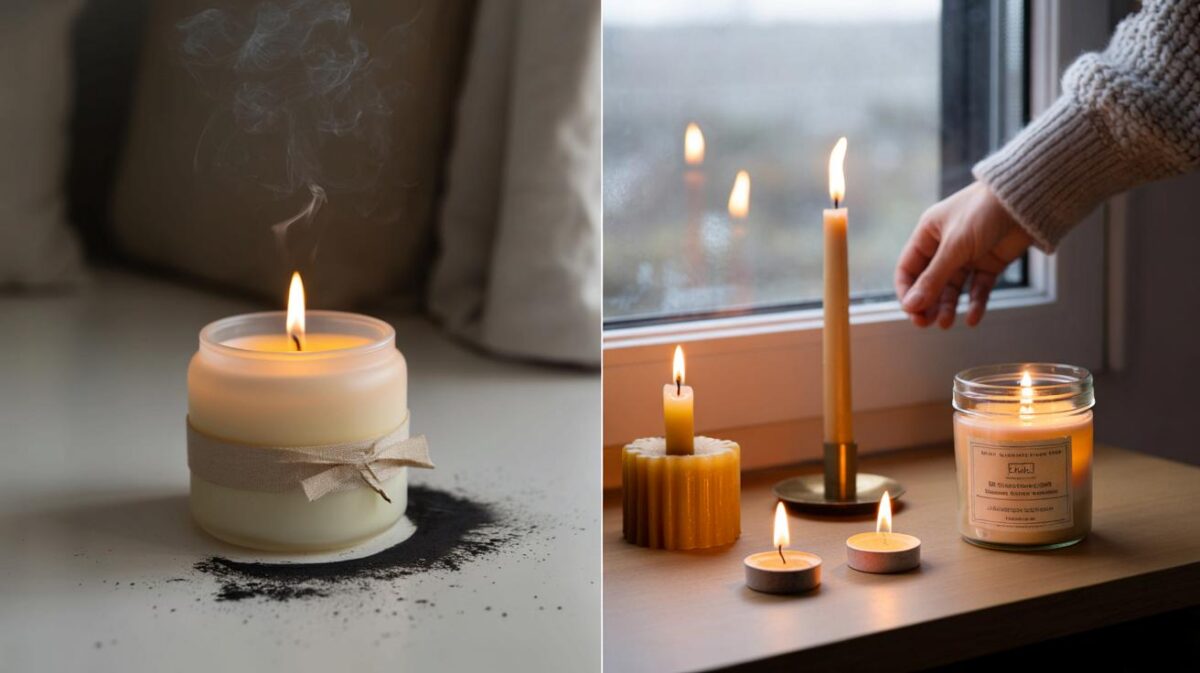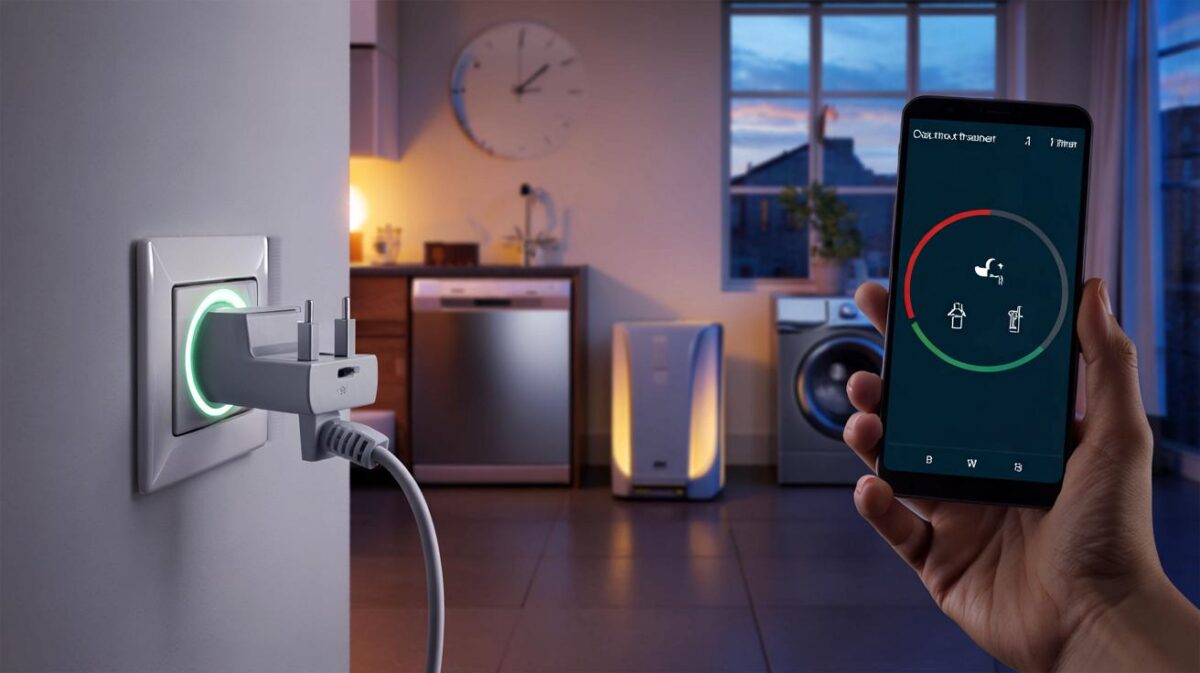Draping damp jeans over a hot radiator feels convenient on a wet weeknight. It’s also slow, steamy, and invites that creeping mould you’ll notice only when your throat gets scratchy and the paint starts to bubble.
The sash windows were ghosted with condensation, and a single radiator ticked under a convoy of socks, sleeves and school shirts. I could hear the boiler cycling, a low rumble that suggested it was working too hard for what should be a simple job. A mug left on the sill gathered watery rings, and the room felt muggy in a way your skin registers before your head does. I can still hear the radiator ticking beneath a damp sleeve. The walls weren’t the only things absorbing the moisture.
Stop stewing your home: why radiators make drying worse
Covering a radiator slows heat flow into the room and traps moisture right where you live. Clothes dry by swapping water for moving, drier air; a hot slab hidden under fabric gives heat but almost no airflow. The result is a slow, clammy stalemate that drives up energy use while fogging your windows. **Covering a radiator is like putting a coat on your heater.** It still warms, but everything takes longer and costs more.
Ask any renter who’s tried it across a damp British winter. A friend in Manchester told me her smart meter spiked on laundry nights, yet her jumpers still felt cool-wet by bedtime. One 5 kg load, even after a spin, can hold a litre or more of water. Hang that in a small lounge and the humidity climbs within an hour; the glass beads, the skirting boards drink, and your nose gets that sweet-stale note that says mould spores are learning your routine.
Radiators heat by convection, but wet fabric blankets the flow and creates a pocket of heavy, saturated air. When the room gets humid, the vapour pressure gradient that drives evaporation flattens. In plain terms: the air can’t take any more, so your clothes stop giving. **Damp air is slow air.** That’s when the sneaky problems start — condensation behind sofas, peeling paint, dust mites getting comfy at higher humidity, and a boiler overworking to fight the very damp you fed it.
Six faster, safer ways to dry clothes indoors
Start with the water you can remove for free: spin again. Most machines have an extra-spin or higher RPM option — use it, especially for towels and denim. An extra minute at 1200–1400 rpm squeezes out hundreds of millilitres without heat. Then shake each item to pop the fibres open and hang with space. Little rituals like that feel fussy once, then simply become how you do laundry.
A low‑watt heated airer with a zip cover turns still air into a mini drying tunnel. Pair it with a small dehumidifier parked right beside the rack, set around 45–50% RH. Close the door to shrink the “drying room” and let the machine pull water into a tank rather than your plaster. We’ve all had that moment when the house smells like a swimming pool after laundry; this neat duo flips the script to clean, quick, and controlled. Let’s be honest: nobody measures humidity every day, but you can feel the difference.
Use movement, not just heat. A cheap box fan aimed across a clothes rack, with a cracked window or an extractor running, will beat a hot radiator nine nights out of ten. On good days, go outside: wind dries faster than weak sun, and even a cold, breezy hour takes the edge off for an indoor finish. For a tumble dryer, favour a modern heat‑pump model on a low‑heat, sensor cycle, toss in a couple of dryer balls, and keep loads modest.
Drying is a game of airflow, surface area and humidity — get two right and the third follows.
- Extra spin cycle to strip free water
- Heated airer with cover for gentle, even warmth
- Dehumidifier on “laundry mode” in a small closed room
- Cross‑breeze: fan across rack, window slightly open opposite
- Heat‑pump dryer with dryer balls on sensor dry
- Outdoor line or balcony time whenever wind shows up
Dry clothes without wrecking your home
There’s no medal for suffering through foggy windows and that woolly smell. Swap the one big bad habit — radiators smothered in wet cotton — for simple moves that work with physics, not against it. Keep the air moving, give moisture somewhere to go, and remove as much water as you can before you even start to hang. **Small changes beat big bills.** Your boiler relaxes, your walls stop sweating, and your shirts dry in time for bed without turning the lounge into a greenhouse.
| Key points | Detail | Reader Interest |
|---|---|---|
| Skip radiators | They trap heat, stall airflow, and feed indoor humidity | Faster drying, fewer mould worries |
| Pair heated airer + dehumidifier | Low‑watt warmth with moisture removal at 45–50% RH | Cheaper than old dryers, kinder to clothes |
| Leverage spin and airflow | Extra spin, fan cross‑breeze, or outdoor wind do the heavy lifting | Quick wins with kit you already own |
FAQ :
- Is it bad to dry clothes on radiators?Yes. It slows drying, pushes moisture into your room, and reduces your heating’s effectiveness. Long term, it encourages mould and can corrode finishes.
- What’s the cheapest way to dry clothes indoors?Extra spin, then a clothes rack with a fan or a dehumidifier in a small closed room. A low‑watt heated airer also sips power compared with old vented dryers.
- Do dehumidifiers really help with laundry?They do when placed right next to the rack and set to around 45–50% RH. The collected water in the tank is what would have gone into your walls and lungs.
- Can I sleep in a room with drying laundry?Better not. Night‑time humidity rises, which isn’t great for sleep or dust mites. Dry in a spare room, hallway, or bathroom with the door closed and extractor on.
- Any safety tips I should keep in mind?Never drape wet fabric over electric heaters. Keep items clear of boiler cupboards, pilot lights and sockets. Space garments so they don’t touch hot surfaces, and clean lint from dryers and filters.








